
Fire Hydrant
External Fire Hydrant Fire hydrant installation consists of a system of pip work connected directly to the water supply main to provide water to each and every hydrant outlet and is intended to provide water for the firemen to fight a fire. The water is discharged into the fire engine form which it is then pumped and sprayed over fire. Where the water supply is not reliable or inadequate, hydrant pumps should be provided to pressurize the fire mains. A typical hydrant installation fed directly from JBA water main and pressurized by fire pumps
Hydrant Pump Room
Fire pumps are used to boost the water pressure in sprinkler and standpipe systems and to deliver the required amount of water. The pipes supplying water to the hoses are pressurized all the time. Three pumps supply the water from the tank to the hoses. The pumps are the duty pump, the stand-by pump, and the jockey pump. Pressure switches along the pipe control the starting of each pump. The pressures are monitored at the pump room to control the pumps. A typical system for a high-rise building is described below. Jockey Pump The first pump to start will be the jockey pump. The controlling pressure switch is set to start the pump at a pressure of 150 psi and stop it when the pressure reaches 230 psi. If a small leak exist in the wet riser piping - either on the wet riser or hose reel - the pump will start in order to compensate for the leak.
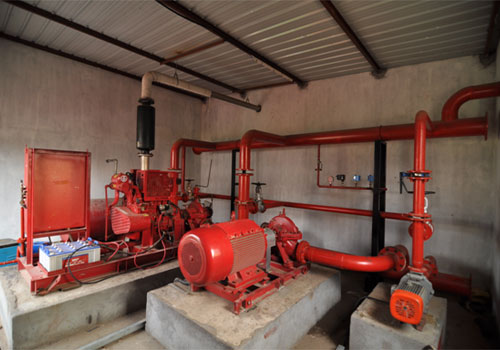
Electrical Panel for Fire pumps in Hydrant room
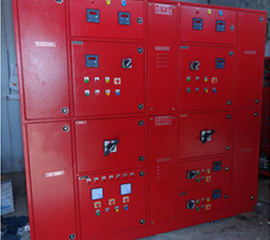
Double head Gun metal
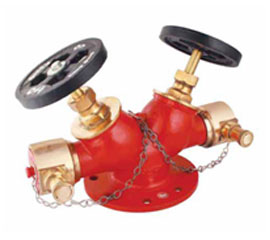
Double head Stainless Steel
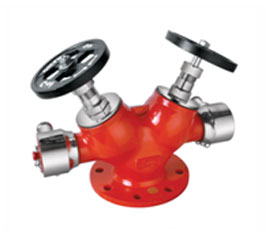
S.S. Landing valve oblique

Gun metal Landing valve
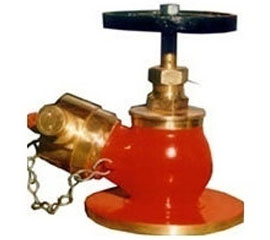
Hose box (Single Door)
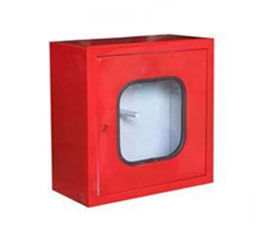
Hose box (Double Door)
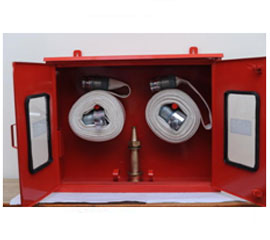
Hose box (Double Door)
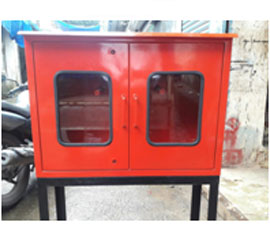
Couplings

Brass Couplings
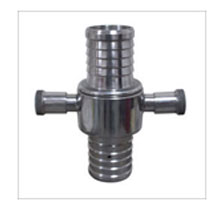
S.S. couplings
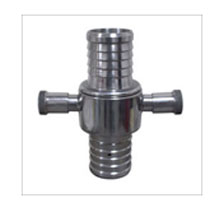
Aluminum couplings
Branch pipes and Nozzles
Write up: The Short branch is still commonly used in most Fire Brigades as the basic Firefighting nozzle. This can be fitted with a choice of nozzles suitable to flow and operational requirement. Our Short branch is manufactured to Indian Standard IS: 903 and marked thus. Made from G.M. or SS304, Aluminium versions (non-ISI) also available
Item Description : 63mm Branch Pipe with Nozzle as per IS:903, ISI Marked.
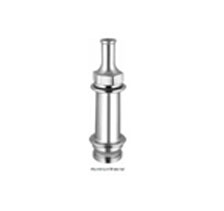
Short branch pipe S.S.
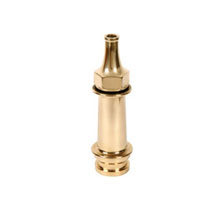
Gum Metal short branch pipe
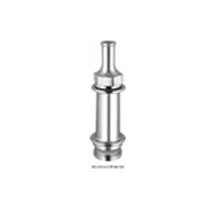
Aluminium Branch pipe
Fog Nozzle The Fog nozzle is ideal for fires that give out large amount of heat, and hence require extensive cooling. In the fog position, this branch creates very fine droplets i.e 'fog', greatly increasing the surface area, thus helping absorb maximum heat.
Item Description : Gun Metal 63mm Fog Nozzle as per IS:952
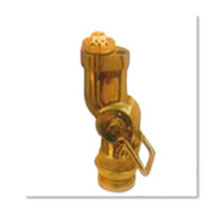
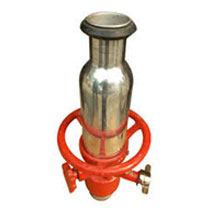
FB5X Nozzle is used for making foam with the help of a pick up tube inserted in a foam drum
Hand Control Nozzle : The Hand Control nozzle is used by many municipal and industrial Fire brigades for firefighting. It has an On-Off facility, at the same time a curtain type spray can be operated simultaneously with jet application.
Manufactured as per Indian Standard (BIS) IS:952
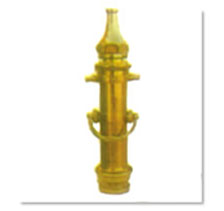
FB10X
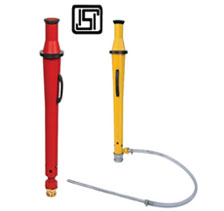
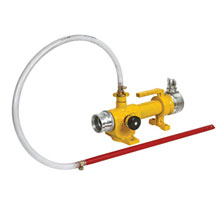
Triple purpose Nozzle
The Triple purpose nozzle gives the operator choice of three operations i.e. jet, spray and shut-off. Because of ease of operation, and limited
back-thrust, it is fast replacing the standard short branch in the industrial sector.
Manufactured as per Indian Standard (BIS) IS:2871

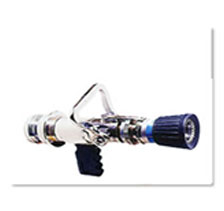
Multipurpose Nozzle:
Nozzles give the operator control not only over
the discharge pattern, but also the flow, which can be regulated through a flow rate ring,
provided on the branch. Ensures optimum use of water, even under varying pressure conditions.
A Pistol grip handle helps in easy handling of branch.
Medium Expansion Foam Branch
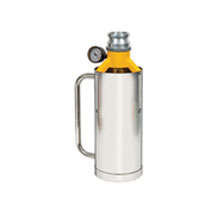
High Expansion Foam Generator
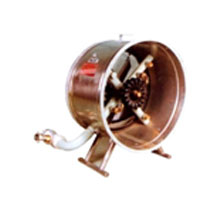
Wall curtain nozzle
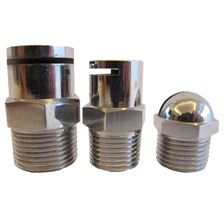
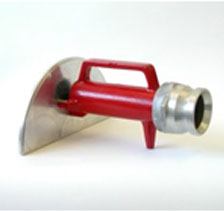
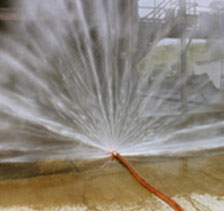
1st aid hose reel nozzles
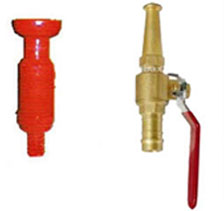
1st aid hose reel nozzles
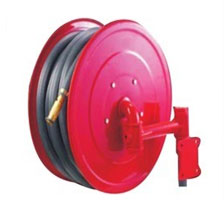
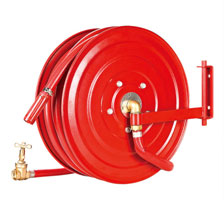
Fire Monitor (Water Monitor)
C.P Controlled Percolating hoses, made from Synthetic Yarn for extra strength
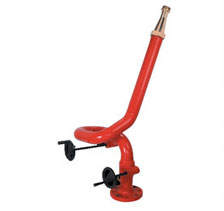
Foam Monitor (Portable foam monitor )
C.P Controlled Percolating hoses, made from Synthetic Yarn for extra strength
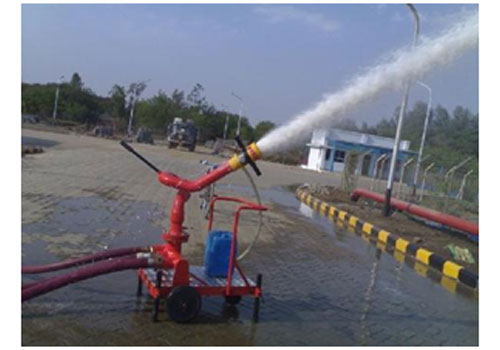
| Hose Pipes C.P Controlled Percolating hoses, made from Synthetic Yarn for extra strength |
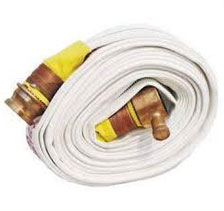
|
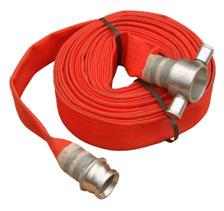
|
RRL IS:636 Type –A Rubberized Fabric
Reinforced Rubber Line Fire Hose, Jacket is made of 100% Synthetic Yarn, Heat and Abrasion
Resistance |
| RRL IS: 636 Type – B Internally rubber lining combined with closely woven polyester Fiber, Warp made of multiply, high tenacity fibers, Chemicals resistance and protection against ageing, smooth inner lining surface with very low friction loss | 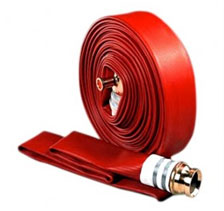
|
Fire Brigade inlets
Two way fire brigade inlet
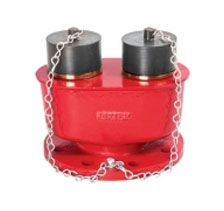
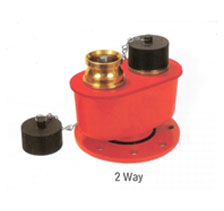
Three way fire brigade inlet
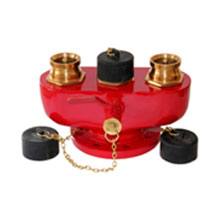
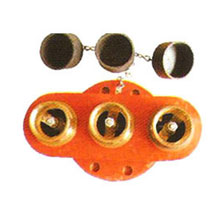
Four way fire brigade inlet
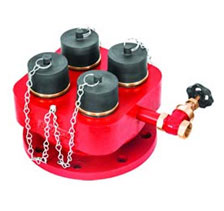
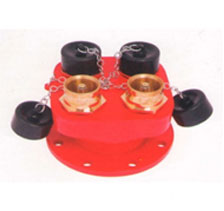
Metal Mobile Foam Tank
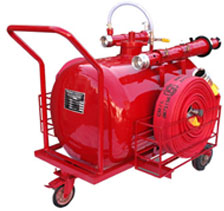
Mobile Foam Cart with Corrosion Resistant FRP Tank
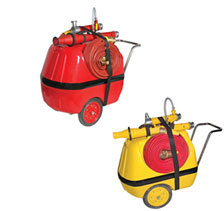
Sprinkler

Automatic Sprinkler System An automatic sprinkler system is intended to detect, control and extinguish a fire, and warn the occupants of occurrence of fire. The installation comprises fire pumps, water storage tanks, control valve sets, sprinkler heads, flow switches, pressure switches, pipe work and valves. The system operates automatically without human intervention. The sprinkler head has a liquid filled glass bulb that breaks due to the heat of the fire and release water that sprays over fire. The installation is the most common type and a typical sprinkler is shown
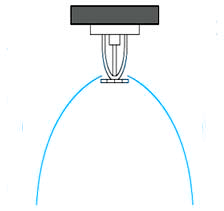
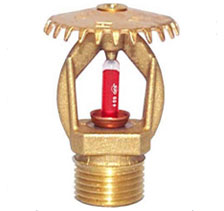
Upright sprinkler heads project up into a space and have deflectors that spray the water downward. They are generally used in mechanical rooms or other inaccessible areas to provide better coverage between obstructions like beams or ducts. They also provide a circle spray pattern
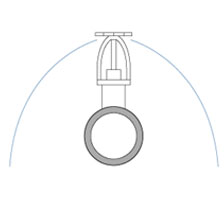
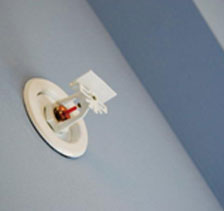
ASide wall sprinkler heads stand out from a wall and have a deflector that sprays water away from the wall in a half-circle spray pattern. A second deflector also sprays water back toward the wall so that the wall is protected. These are used when sprinklers cannot be located in the ceiling.
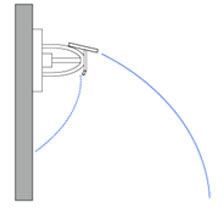
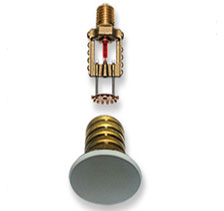
Concealed pendant sprinkler heads are recessed in a ceiling and are covered with a decorative cap. The cap will fall away about 20°F prior to activation of the sprinkler. Once the sprinkler reaches its rated activation temperature, the head will drop below the ceiling. The water pattern of concealed sprinkler heads is a circle.
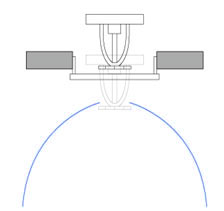
Sprinkler drops
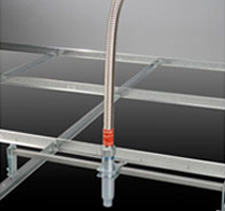
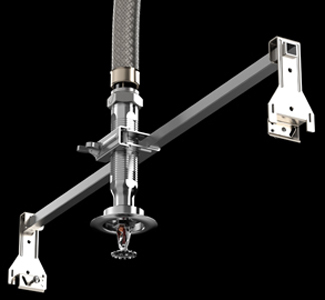
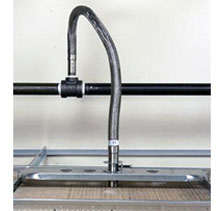
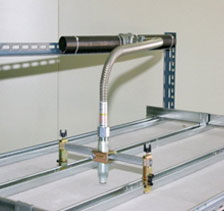
Sprinkler Response Temperatures
Since ambient air temperatures can vary widely depending on the use of a space or surrounding environment, sprinklers come rated for different activation
temperatures. The table below is based on NFPA 13 table 3-2.5.1 (US National Fire Code); however, manufacturers may have sprinklers with different
temperature ratings.
| CLASSIFICATION | MAXIMUM CEILING TEMPERATURE | SPRINKLER ACTIVATION TEMPERATURE | GLASS BULB COLOR | FUSIBLE LINK COLOR |
|---|---|---|---|---|
| Ordinary | 100°F 38o C |
135°F - 170°F 58oc – 77oC |
Orange (135°F) (58oc) Red (155°F) 69oc |
black; no color |
| Intermediate | 150°F 66oC |
175°F - 225°F 80oC -108oC |
Yellow (175°F) (80oC) Green (200°F) 94oC |
White |
| High | 225°F 108oC |
250°F-300°F 122oC – 149oC |
Blue | Blue |
| Extra High | 300°F 149oC |
325°F - 375°F 163oC – 191oC |
Purple | Red |
| Very Extra High | 375°F 191oC |
400°F - 475°F 205oC – 247oC |
Black | Green |
| Ultra High | 475°F 247oC |
500°F - 575°F 260oC – 302 oC |
Black | Orange |
| Ultra High | 625°F 330oC |
650°F 344oC |
Black | Orange |
